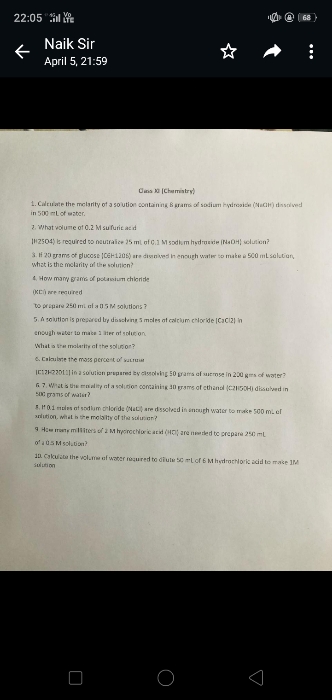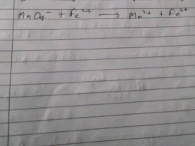CBSE Class 11-science Answered
- .
where:
- V is the volume of the gas.
- n is the number of moles in the gas.
- k is a proportionality constant.
However, this above equation is just a trivial one, which is valid for all homogeneous substances, including homogeneous liquids and solids. This relation is easy to deduce; its validity was assumed before Avogadro's work.
The most important consequence of Avogadro's law is the following: The ideal gas constant has the same value for all gases. This means that the constant
-
One mole of an ideal gas occupies 22.4 liters (dm³) at STP, and occupies 24.45 litres at SATP (Standard Ambient Temperature and Pressure = 25 degrees C and 1 atm/101.3kPa). This volume is often referred to as the molar volume of an ideal gas. Real gases may deviate from this value.
The number of molecules in one mole is called Avogadro's number: approximately 6.022×1023 particles per mole








